A golf club can be designed for a number of purposes, but the main goal is to hit the ball with the highest launch angle possible. This will help you get farther down the fairway and improve your chances of making a good shot.
Table of Contents
Why Hit The Highest Launch Angle?
The higher the launch angle, the more time the ball spends in the air, and this gives you a better chance to hit your target.
It’s important to find the right balance. You don’t want to go too high, because then you run the risk of losing control of your shot.
Launch angle is just one aspect of choosing a golf club, so make sure you take into account all of the factors before making your final decision.
In this blog post, golf experts will discuss which golf clubs are best suited for hitting the ball with a high launch angle. They will also give you some tips on how to use them correctly!
What Is A Lob Wedge?
A lob wedge is a type of golf club that is designed to hit the ball with a high launch angle. The loft of a lob wedge is typically between 60 and 64 degrees. Lob wedges are also often referred to as “flop” or “high-lofted” wedges [1].
Lob wedges are typically used for shots that require a high degree of trajectory, such as when hitting over a bunker or when trying to stop the ball quickly on a tight green.
They can also be used for “finesse” shots around the greens, such as flop shots or chips shot with backspin.
While lob wedges are designed to hit the ball high in the air, they can also be used for lower trajectory shots when needed.
For example, a shot hit with a lob wedge at 50% swing power will have a lower trajectory than the same shot hit with a pitching wedge at 100% swing power.
Lob wedges are the highest lofted clubs in a golfer’s bag and are typically used for specific situations on the course. When used correctly, they can be extremely effective at getting the ball close to the hole. However, it is important to remember that lob wedges are designed for high trajectories and may not always be the best choice for every shot.
What Is A High Launch Angle?
To put it another way, the launch angle is the angle at which the ball leaves the club after impact. The launch angle is measured in degrees and has a major impact on how far and softly the ball travels [2].
After impact, many factors influence the ball’s launch angle. The club you’re using is the most significant element in achieving a high launch angle. So, while a wedge has a 60-degree loft angle, the launch angle is usually around 20-25 degrees after the ball leaves the club.
Why Does Launch Angle Matter In Golf?
Launch angle is one of the most important factors in determining how far your ball will travel. The higher the launch angle, the more distance you will get. That’s why golfers are always looking for ways to increase their launch angle.
There are a few different ways to do this.
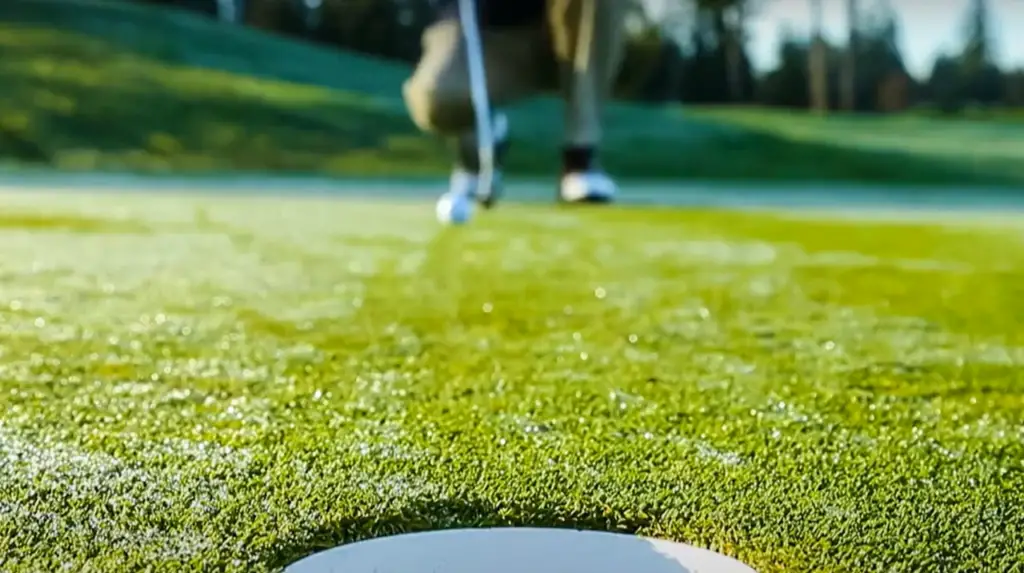
One is to use a club with a higher loft. A higher lofted club will hit the ball at a higher angle than a lower lofted club.
Another way to increase the launch angle is by hitting the ball on the upswing. This gives the ball more time to “loft” up into the air before it starts falling down to the ground [3].
Finally, another way to increase the launch angle is by using a driver with a lighter shaft. A lighter shaft will help the clubhead to “snap” through the hitting area more quickly, which will in turn increase the launch angle.
How Does The Launch Angle Affect Backspin?
It’s easy to grasp how launch angle affects backspin, even if you don’t have a doctorate in physics. Drop a golf ball from one hand and then softly strike it with your other hand at a 90-degree angle. When the golf ball approaches the ground, you can see that it has little spin.
You may now adjust your hand to a 45 or more degree angle. Repeat this procedure, and you should be able to witness the ball spinning backward as it goes toward the ground [4].
A golf club is a good example. While utilizing a lofted golf club, you produce more backspin on the ball. The steeper the angle of attack, the more backspin you create. The driver has the least amount of loft, which is why it’s difficult to produce a lot of backspin with this club.
Checking The Launch Angle
The launch angle is either too low or too high, which a recreational golfer may not be familiar with. Launch monitors are typically employed by many teaching professionals and club fitters. They can assist you in comprehending the figures and providing appropriate advice on this issue.
It is critical to understand what it entails, and the correct knowledge is most useful. For monitoring items personally, a launch monitor may also be purchased from a pro shop.
The loft on a driver is what creates the launch angle. The typical driver has between ten and twelve degrees of loft, while woods have lower lofts and are intended to produce a more penetrating trajectory. A steeper angle of attack will result in a higher launch angle.
The optimum range for most golfers is between seventeen and twenty-one degrees, although this will differ depending on various factors such as height and clubhead speed. It is essential to be aware of how these elements affect your game before making changes to your clubs or technique.
A professional can help you determine what variables are impeding your progress and offer suggestions on how to improve upon them.
The Physics Behind The Highest Launch Angle
The driver is acknowledged to be the club that puts the ball at the greatest distance of any club. The loft, which refers to the degree to which the face slopes backward, is also controlled by this. The loft is defined as a measure of how far back in relation to the length of a golf shaft (loft) and thus determines launch angle.
Why does a driver only have a loft of 10 to 12 degrees? This appears to be rather little. The explanation is that the driver has a much longer shaft than other clubs.
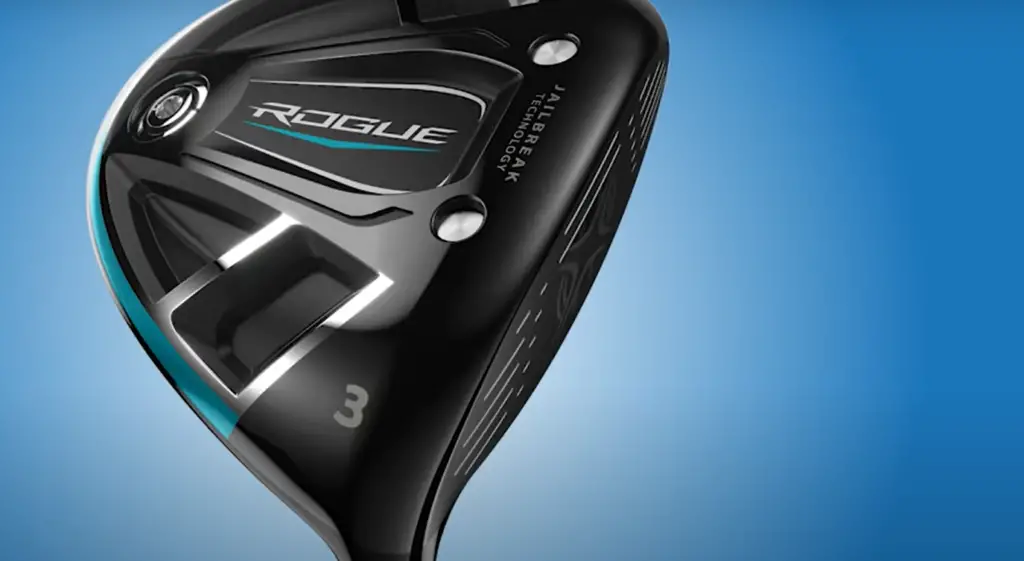
The combination of a long shaft and a small loft produces a clubhead speed that can be as high as 120 miles per hour (200 km/h).
This speed, in turn, provides the energy to launch the ball over a long distance. If the loft were increased, the ball would go up too high and travel too short a distance.
The sweet spot is located on the face of the driver about an inch below where the shaft meets the clubhead. When you hit the ball here, you will experience minimal vibration and get maximum distance because it launches with more speed and less spin.
Nowadays, many drivers have an adjustable weight or center of gravity (CG) that allows you to move the sweet spot lower on the face. This produces a higher launch angle and more spin for extra distance.
Loft Vs. Launch Angle
It’s important to understand the relationship between loft and launch angle. The loft is the angle of the clubface, measured from vertical when the club is soled at the address. Launch angle is how high above the ground the ball launches after impact.
While you can hit a golf ball off a tee with any club in your bag, some clubs are better suited for specific shots.
For example, a driver is designed to hit the ball with a high launch angle so you can get maximum distance.
However, if you try to hit a driver off a fairway lie, you’ll likely end up hitting it fat or thin because of the low loft (angle) of the clubface.
The Maximum Golf Club Driver Length
The United States Golf Association (USGA) has a limit on the length of golf clubs. The maximum length for a driver is 46 inches.
The limit was put in place to keep players from having an unfair advantage over their opponents [6].
There are drivers on the market that are designed to hit the ball with a higher launch angle. These drivers typically have a shorter shaft and a larger head. The extra weight in the head helps to increase the launch angle of the ball.
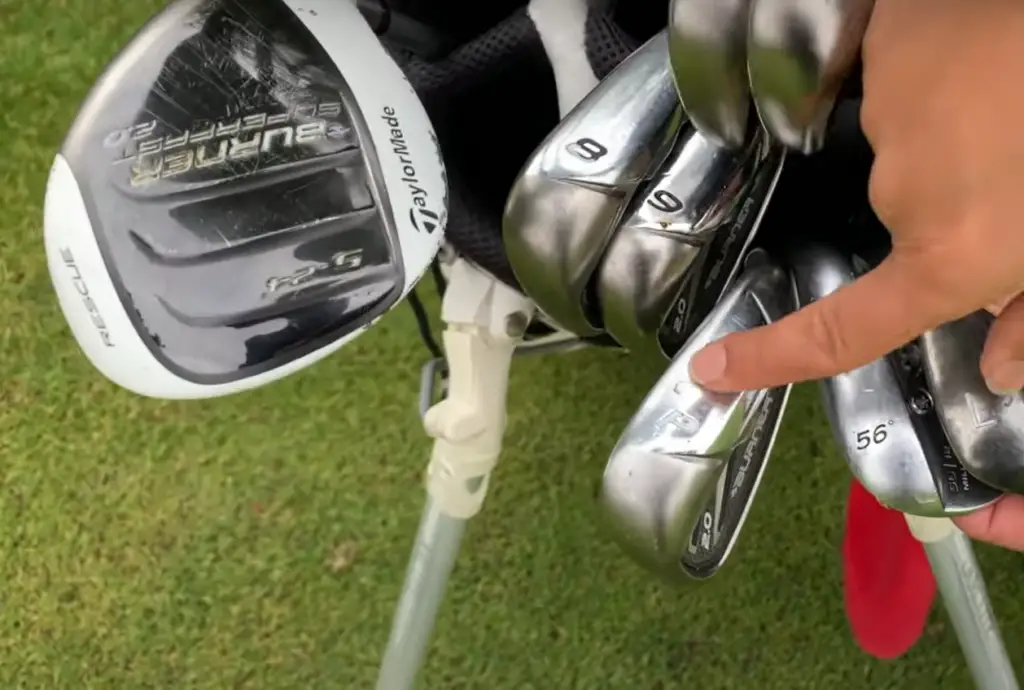
If you’re looking for a driver that will help you hit the ball with a higher launch angle, make sure to check out some of the options that are available on the market today. You might be surprised at how much difference a few extra degrees of launch angle can make.
FAQ
What angle should the golf club hit the ball?
Golfers typically have a 45-degree vertical swing plane when using a driver.
A golfer with a +2 attack angle and the driver must swing the club in the direction of +2 to send the ball straight.
The angle of attack and swing direction is in balance at a 45-degree angle [7].
How do I make my launch angle higher?
There are a few things you can do to make your launch angle higher:
- One is to tee the ball up higher;
- Another is to use a club with more loft, such as a driver or fairway wood;
- Finally, you can try hitting down on the ball slightly, which will help it get airborne faster;
All of these things will help you increase your launch angle and hit the ball further. Just remember that there is no one perfect way to do it. Experiment with different techniques and find what works best for you.
What is the ideal launch angle for a 7 iron?
A golfer’s launch angle for a 7 iron is between 23.5 degrees and 25 degrees, on average. Professional golfers should anticipate a launch angle of 16 degrees. Early release of the ball may assist in lowering your launch angle [8].
What is the ideal club path?
The ideal club path for a given shot is often dependent on the terrain, lie, and desired ball flight. For example, a flatter club path may be used to produce a lower ball flight when hitting from the fairway, while a more ascending club path may be used to hit the ball higher when hitting out of the rough.
Many factors affect the launch angle, but perhaps the most important is clubhead speed. Faster swing speeds create more loft and therefore result in higher launch angles. Another important factor is the spin rate; fewer spin results in a higher trajectory.
What launch angle gives the longest range?
The launch angle of a golf club is the angle between the club’s shaft and the ground at the address. The higher the launch angle, the longer the ball will travel.
A large drag force is required to launch the ball at a small angle, increasing with higher ball speed.
The lower the required launch angle is, the greater the drag force and the more difficult it is to launch the ball at 45 degrees [9.
Most drivers have a loft between eight and 12 degrees. A driver with a loft of 12 degrees will produce a lower trajectory than one with eight degrees of loft, but it will also have more backspin. This backspin creates lift, which helps keep the ball in the air longer and gives it more distance.
Does higher loft mean less distance?
The answer to this question is a resounding “no”! In fact, many golfers believe that higher lofted clubs actually produce more distance. The reason for this misconception is that golfers often associate high launch angles with low spin rates. However, the two are not directly related.
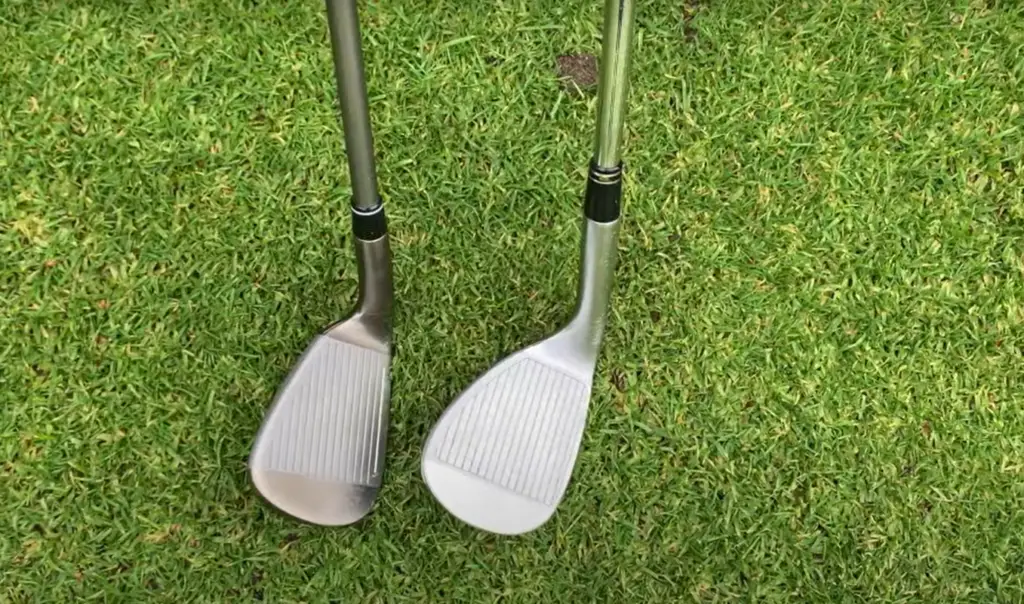
The launch angle is determined by the clubface angle at impact, while the spin rate is determined by the club’s loft and how fast the club head is moving at impact.
Does tee height affect driving distance?
The higher your tee is, the more it influences your swing path into impact, especially with the driver. This, in turn, will have an influence on the spin of the ball. Tending up may help you considerably increase distance by reducing spin on your drives [10].
Does club weight affect driving distance?
The heavier the club, the more energy is imparted to the ball. This increases both the launch angle and spin rate. The end result is a higher, longer ball flight with more carry.
While professional golfers can swing a heavy club with ease, the average amateur golfer will likely see their best results with a lighter club. Lighter clubs are much easier to control and produce more consistent shots.
How can you increase your driving distance?
There are a few things you can do to increase your driving distance, such as:
- Use a club with more loft;
- Increase the clubhead speed;
- Tee the ball higher;
- Use a lighter club;
Doing any of these things will help you hit the ball further. However, it’s important to remember that there is such thing as too much spin. If you generate too much spin, the ball will not go as far.
It is important to find a balance between launch angle and spin rate in order to maximize distance.
While there are many factors that affect driving distance, it is ultimately up to the golfer to find what works best for them. Experiment with different clubs and tee heights to see what gives you the best results. And, as always, practice makes perfect!
Useful Video: which golf club is designed to hit the ball with the highest launch angle
References:
- https://en.wikipedia.org/wiki/Lob_wedge
- https://golfcircuit.com/posts/club-designed-to-hit-ball-with-highest-launch-angle/
- https://teeprecision.com/golf-club-hits-with-highest-launch-angle/
- https://golfcircuit.com/posts/club-designed-to-hit-ball-with-highest-launch-angle/
- https://teeprecision.com/golf-club-hits-with-highest-launch-angle/
- https://www.si.com/golf/news/usga-r-a-rule-will-cap-pros-drivers-at-46-inches-beginning-in-2022
- https://blog.nextgengolf.org/golf-help/the-science-of-spin-angle-of-attack
- https://www.golfstorageguide.com/7-iron-golf-club-distance/
- http://www.physics.usyd.edu.au/~cross/TRAJECTORIES/Trajectories.html
- https://southamptongolfclub.com/does-tee-height-matter-in-golf/

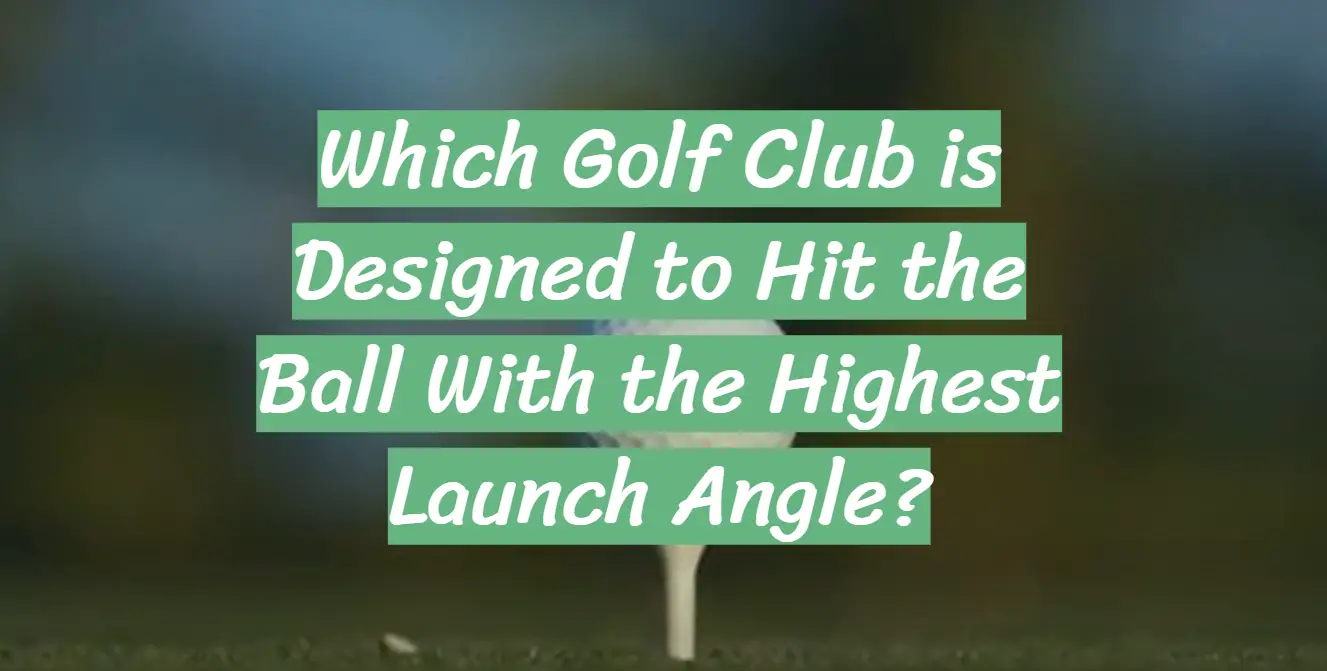





Leave a Reply